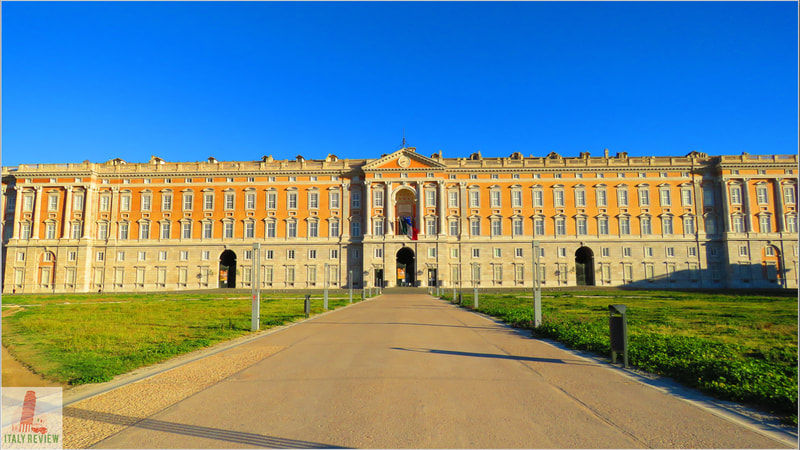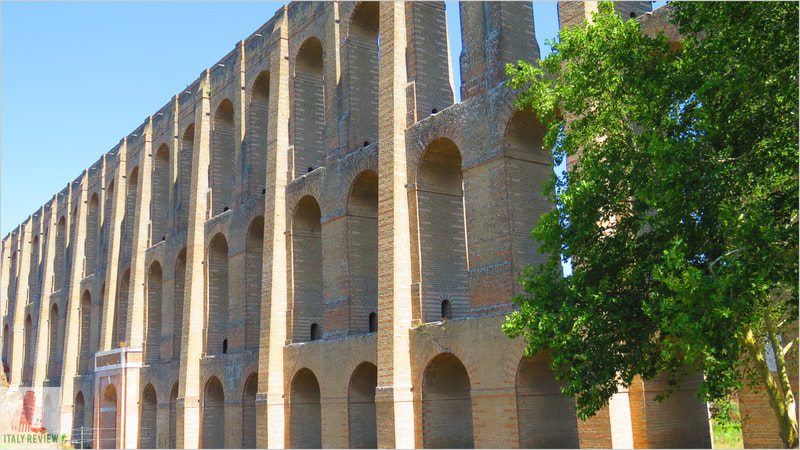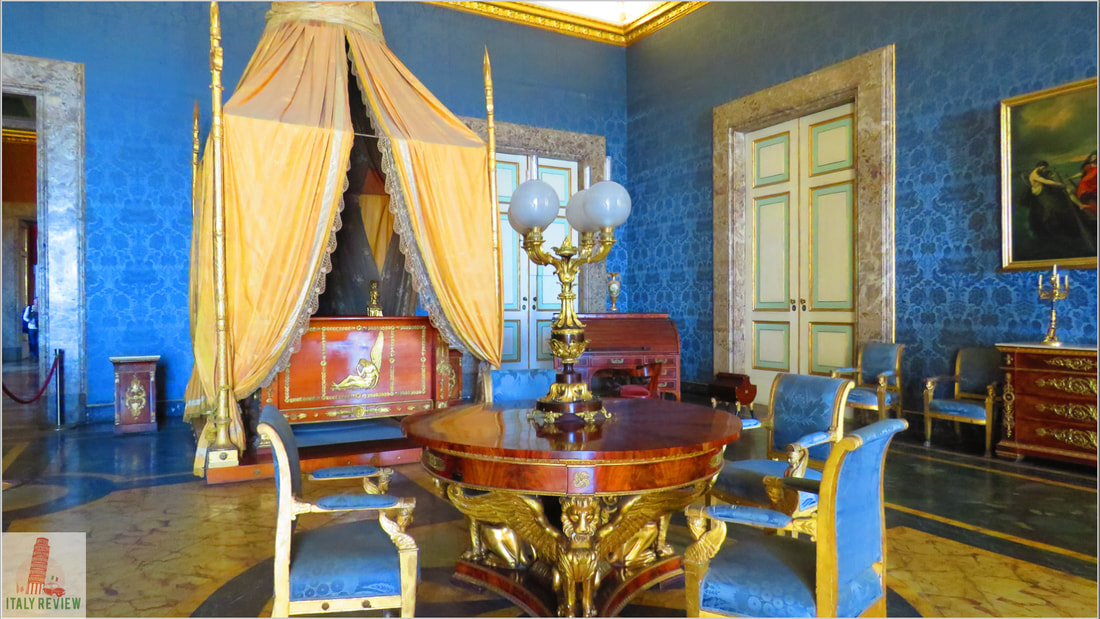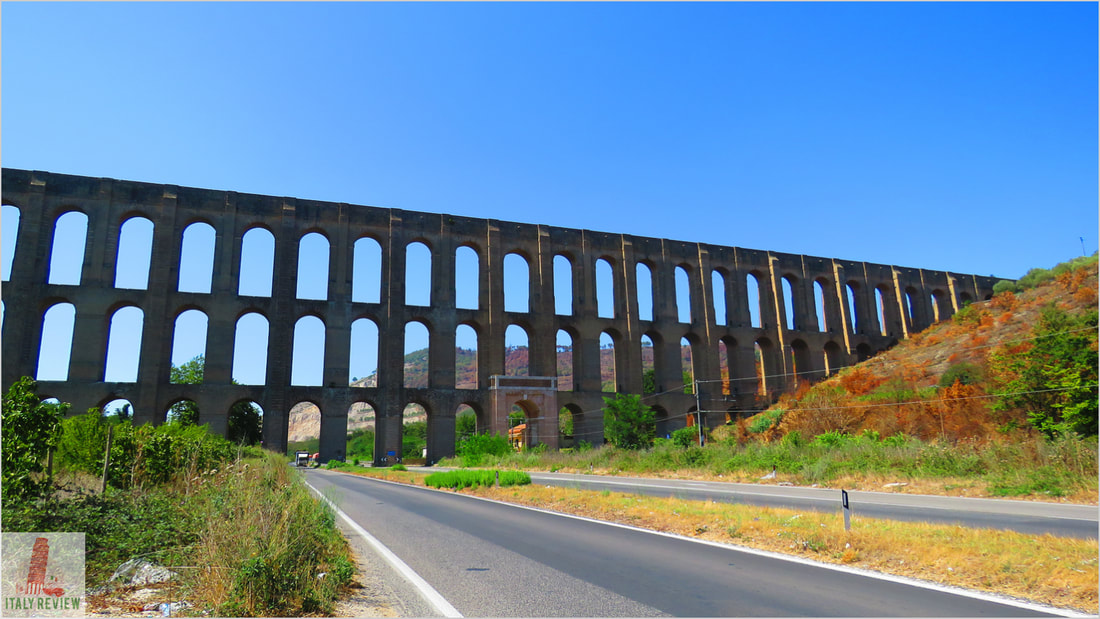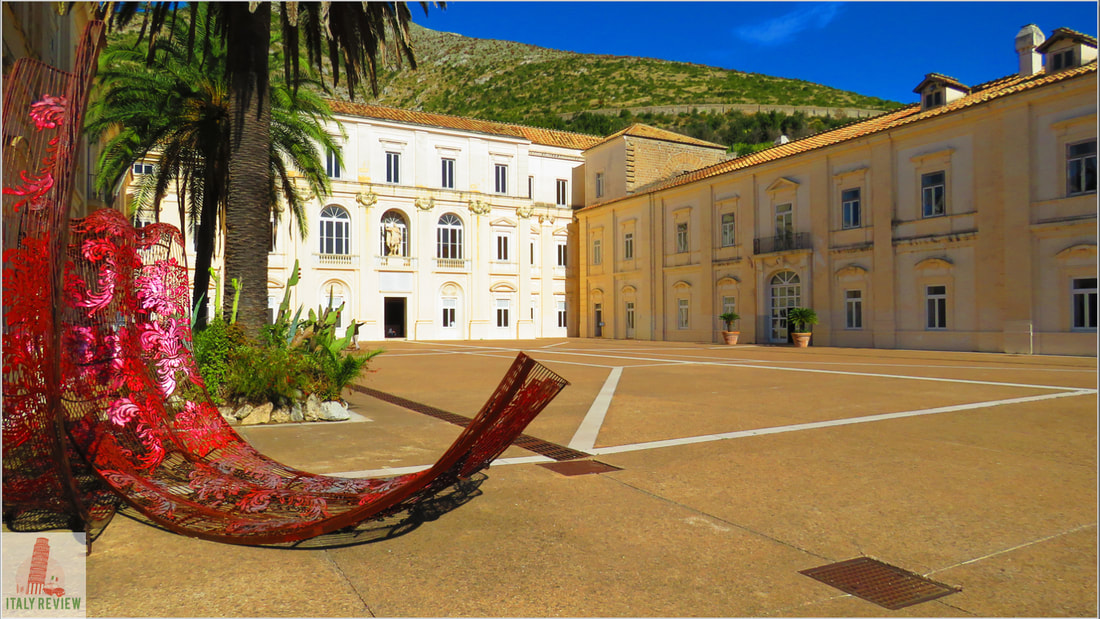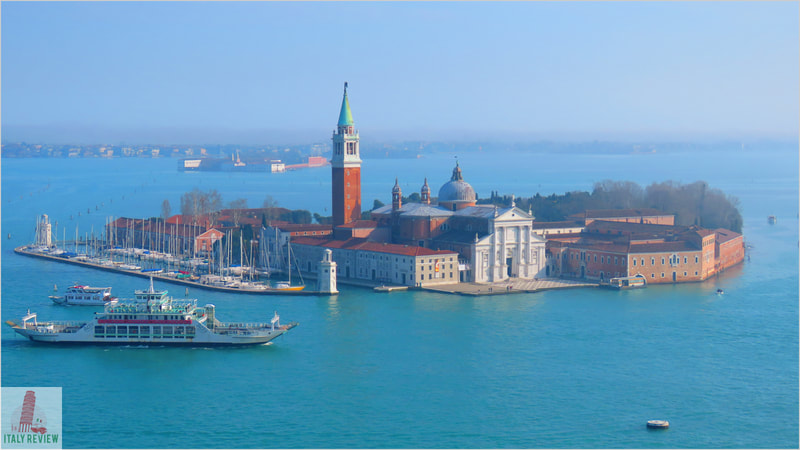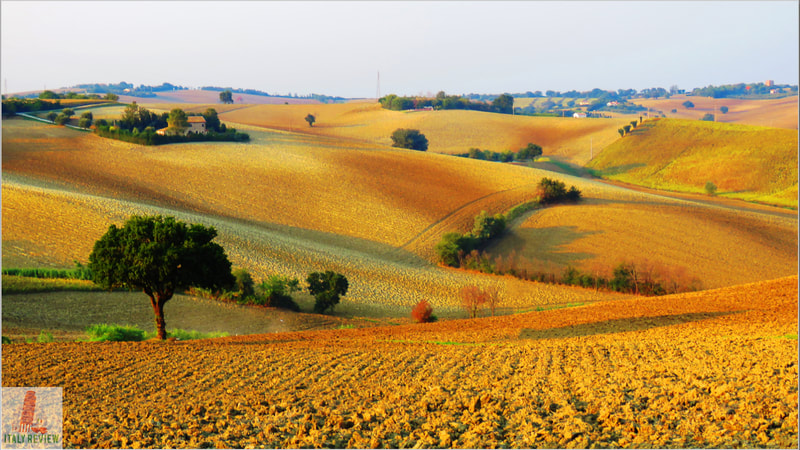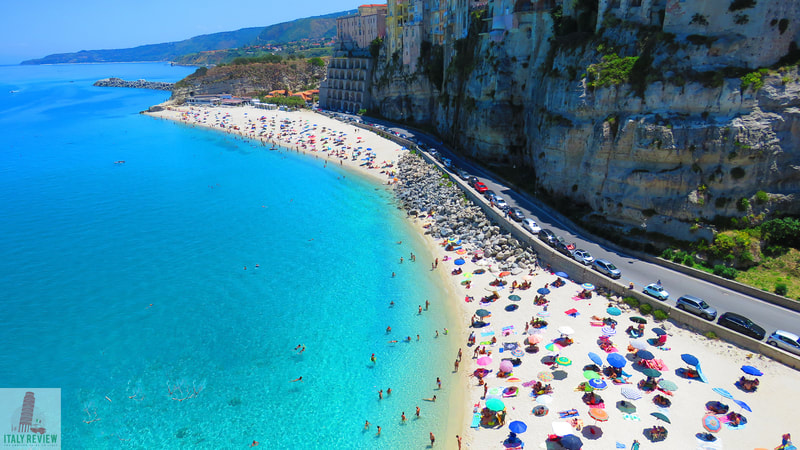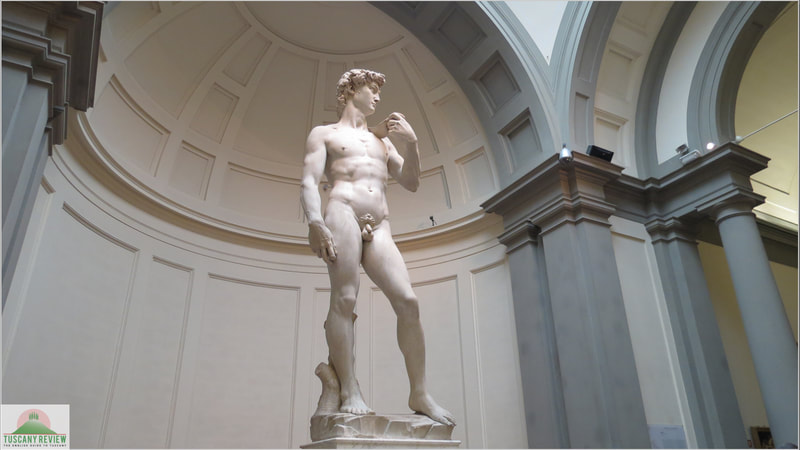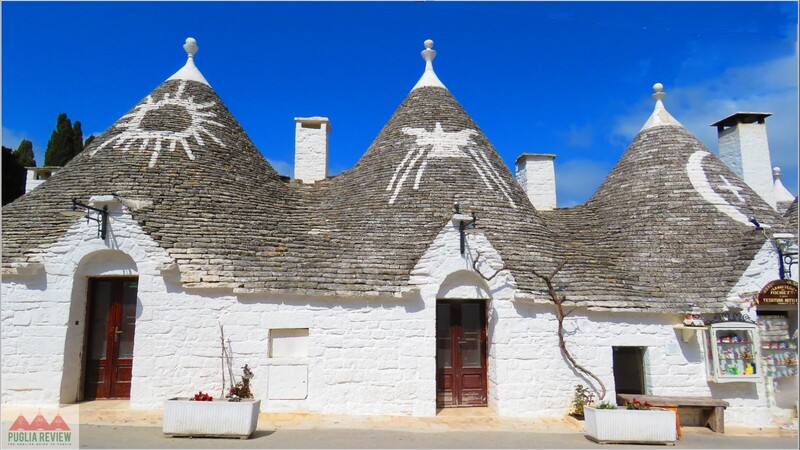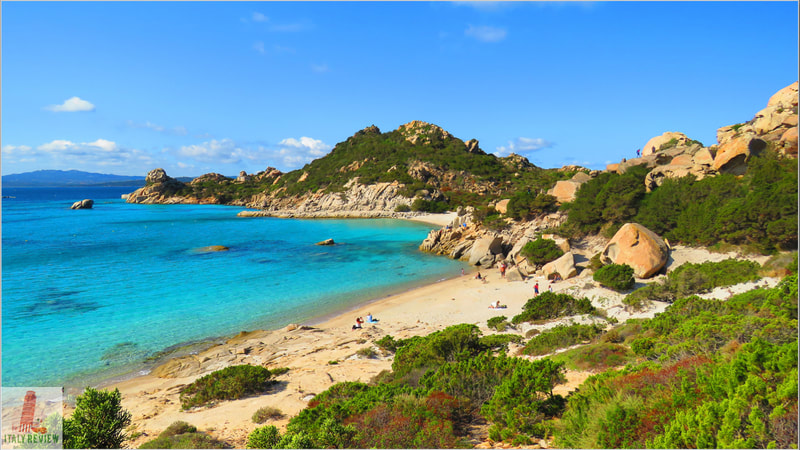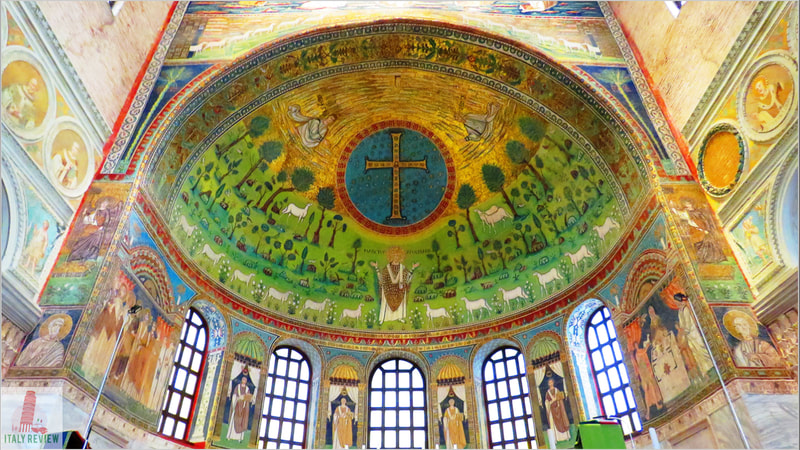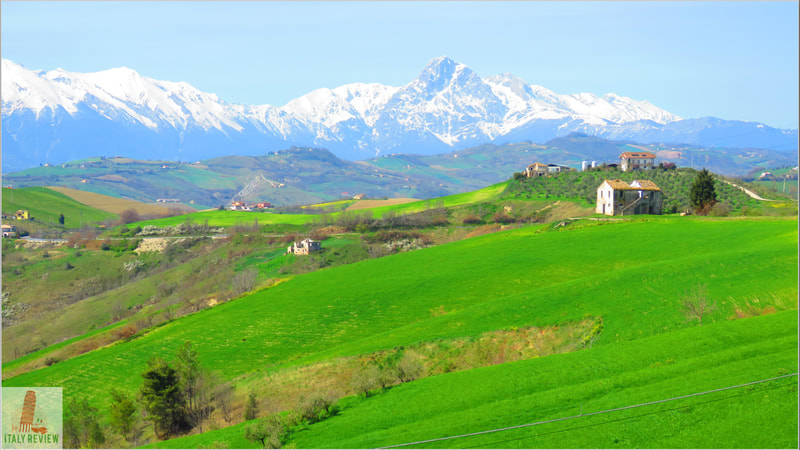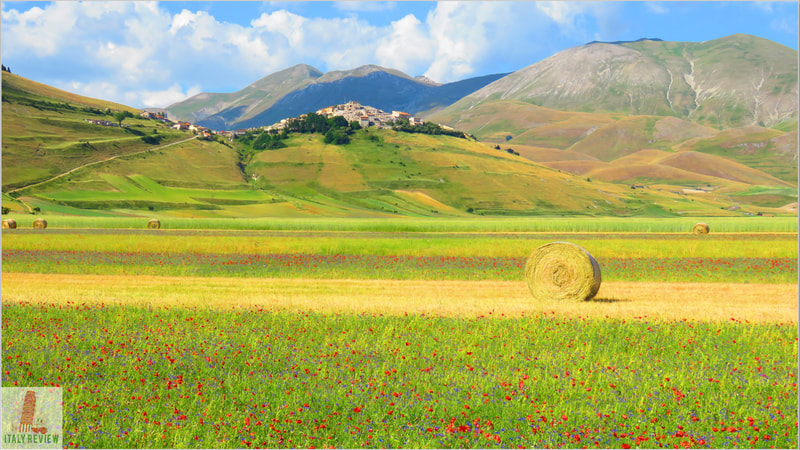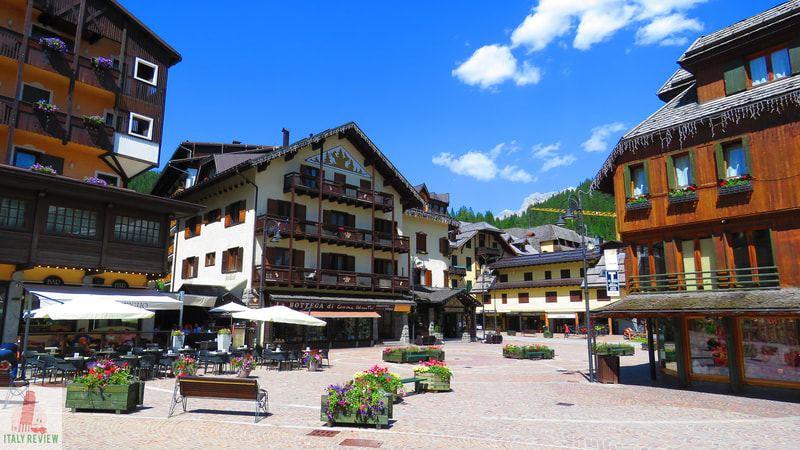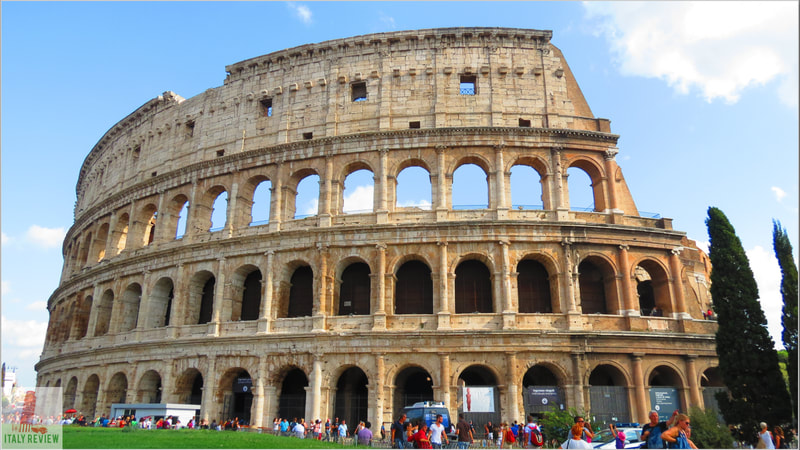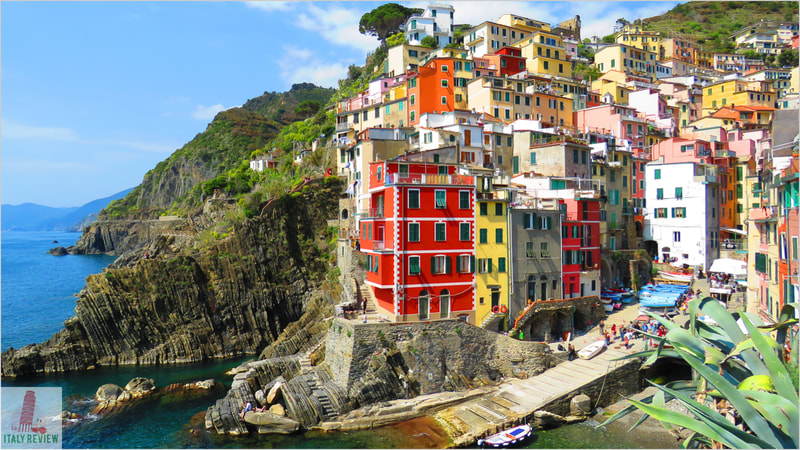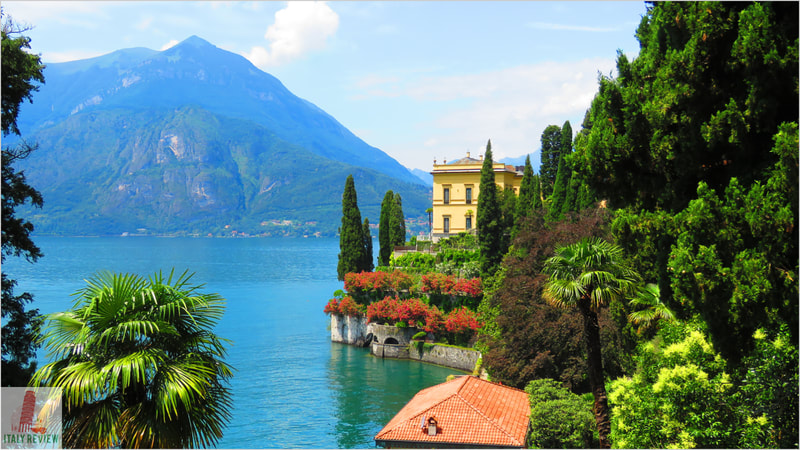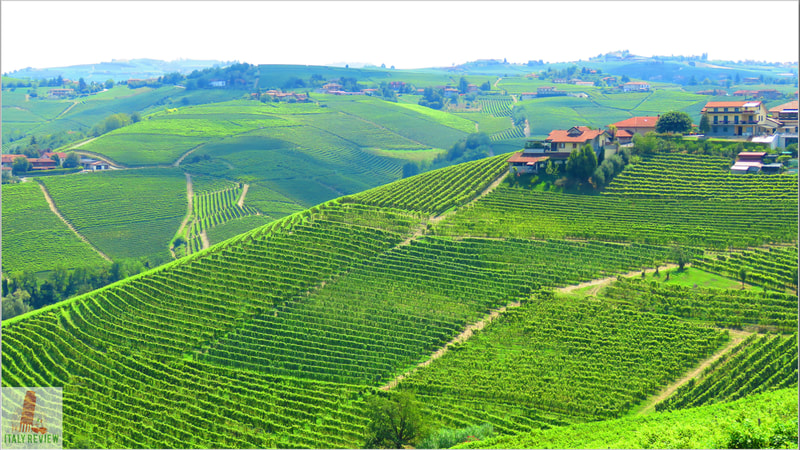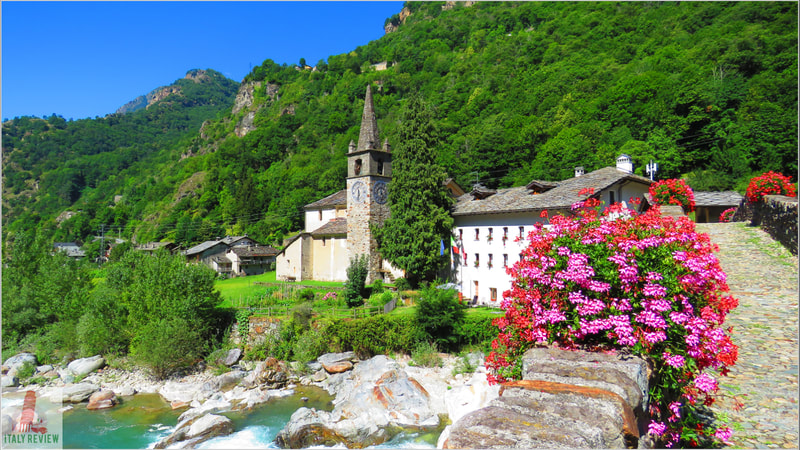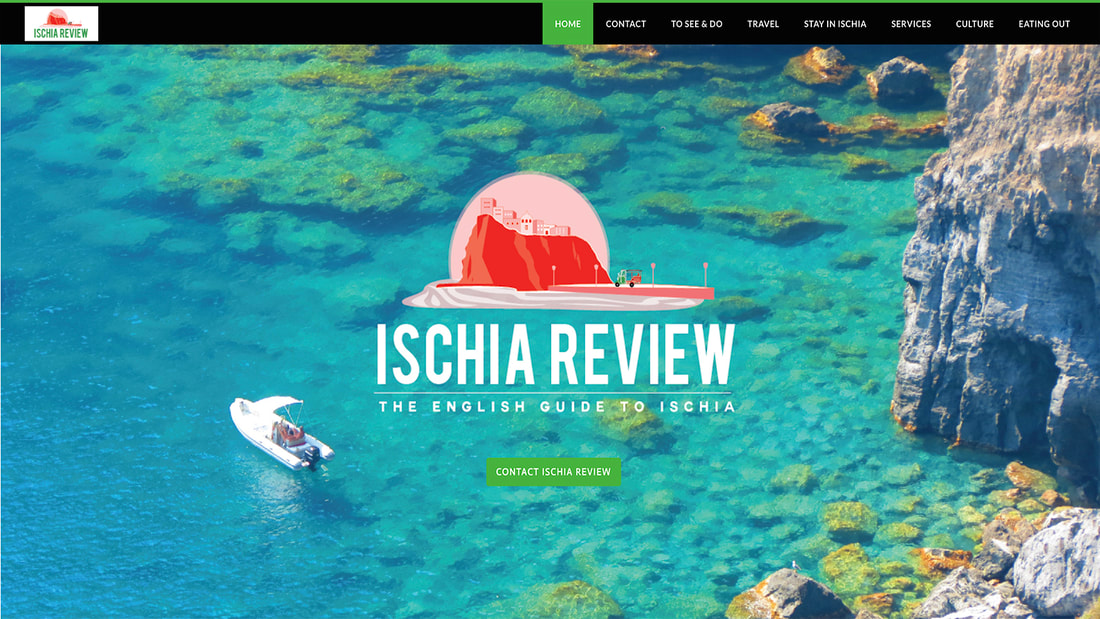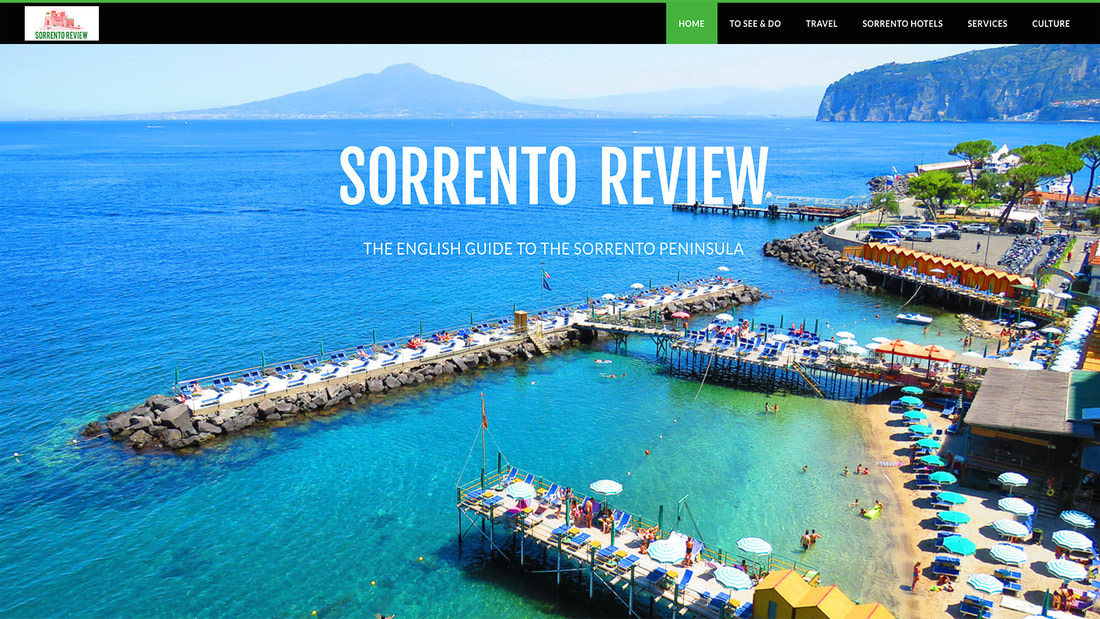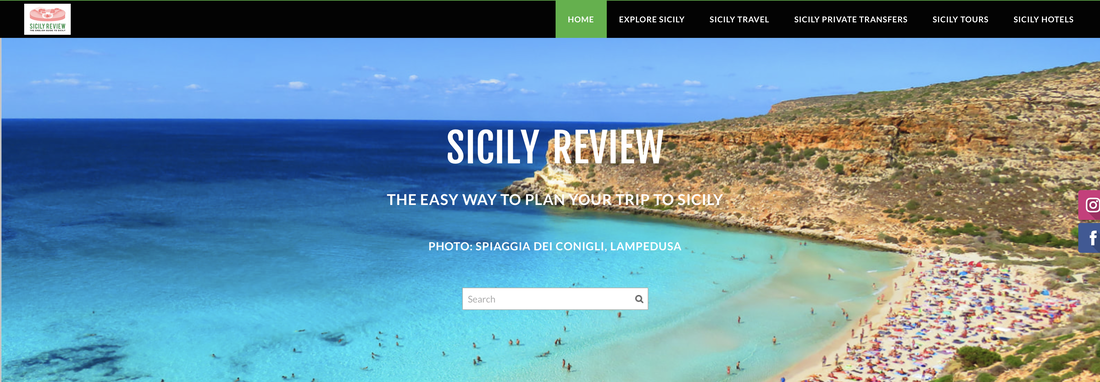18th-Century Royal Palace at Caserta with the Park, the Aqueduct of Vanvitelli, and the San Leucio Complex
|
By Dion Protani
|
Latest update: 9 January 2024
|
|
The 18th-Century Royal Palace at Caserta with the Park, the Aqueduct of Vanvitelli, and the San Leucio Complex is a UNESCO World Heritage Site consisting of three landmarks in and around the city of Caserta in the southern region of Campania.
On announcing the listing, UNESCO described the Royal Palace as "an eloquent expression of the Enlightenment in material form". |
Related links
Profile
The 18th-Century Royal Palace at Caserta with the Park, the Aqueduct of Vanvitelli, and the San Leucio Complex is a UNESCO World Heritage Site located in the Campania region of southern Italy. This site is a remarkable ensemble of architectural, hydraulic, and industrial heritage, representing the splendor of the Bourbon dynasty during the 18th century.
History
The Royal Palace at Caserta was commissioned by King Charles III of Spain, who later became Charles VII of Naples, in the mid-18th century.
It was designed by architect Luigi Vanvitelli, who sought to create a grand and luxurious residence for the Bourbon monarchs. Construction began in 1752 and took several decades to complete. The palace served as the royal residence and the administrative center of the Kingdom of Naples and Sicily.
The adjacent park, designed by Carlo Vanvitelli, covers a vast area and features elegant gardens, fountains, and cascades, inspired by the gardens of Versailles in France. The park complements the palace's grandeur and adds to the overall visual spectacle of the site.
The Aqueduct of Vanvitelli, also known as the Carolino Aqueduct, was constructed to supply water to the palace and the surrounding areas. It was an engineering marvel of the time, spanning over 40 kilometers, and remains an important hydraulic infrastructure to this day.
The San Leucio Complex, situated nearby, was created by King Ferdinand IV in the late 18th century as a silk production center. It included a silk mill and a model village for the workers, reflecting the social and industrial innovations of the period.
It was designed by architect Luigi Vanvitelli, who sought to create a grand and luxurious residence for the Bourbon monarchs. Construction began in 1752 and took several decades to complete. The palace served as the royal residence and the administrative center of the Kingdom of Naples and Sicily.
The adjacent park, designed by Carlo Vanvitelli, covers a vast area and features elegant gardens, fountains, and cascades, inspired by the gardens of Versailles in France. The park complements the palace's grandeur and adds to the overall visual spectacle of the site.
The Aqueduct of Vanvitelli, also known as the Carolino Aqueduct, was constructed to supply water to the palace and the surrounding areas. It was an engineering marvel of the time, spanning over 40 kilometers, and remains an important hydraulic infrastructure to this day.
The San Leucio Complex, situated nearby, was created by King Ferdinand IV in the late 18th century as a silk production center. It included a silk mill and a model village for the workers, reflecting the social and industrial innovations of the period.
Key features
- Royal Palace: The palace is an opulent architectural masterpiece, featuring grand halls, luxurious apartments, and stunning frescoes.
- Park and Gardens: The extensive park surrounding the palace offers a peaceful retreat with beautiful gardens, sculptures, and impressive water features.
- Aqueduct of Vanvitelli: Visitors can marvel at the engineering prowess of the Carolino Aqueduct, which continues to supply water to the region.
- San Leucio Complex: Explore the historical silk mill and the model village, providing insights into the industrial and social history of the time.
- Guided Tours: Guided tours of the palace and park are available, offering in-depth information about the royal lifestyle and the architectural details.
- Accessibility: The site is easily accessible by car or public transportation from Naples and other major cities in the region.
- Cultural Events: The palace occasionally hosts cultural events, exhibitions, and concerts, enriching the visitor experience.
- Nearby Attractions: The UNESCO World Heritage Site is located in close proximity to other popular tourist destinations, making it a convenient addition to travel itineraries.
18th-Century Royal Palace at Caserta with the Park, the Aqueduct of Vanvitelli, and the San Leucio Complex
|
Province: Caserta
Region: Campania Number of sites: 3 Site types: palace with gardens, industrial site and aqueduct Fly to: Naples International Airport |
UNESCO World Heritage Site
18th-Century Royal Palace at Caserta with the Park, the Aqueduct of Vanvitelli, and the San Leucio Complex
Year: 1997
18th-Century Royal Palace at Caserta with the Park, the Aqueduct of Vanvitelli, and the San Leucio Complex
Year: 1997

